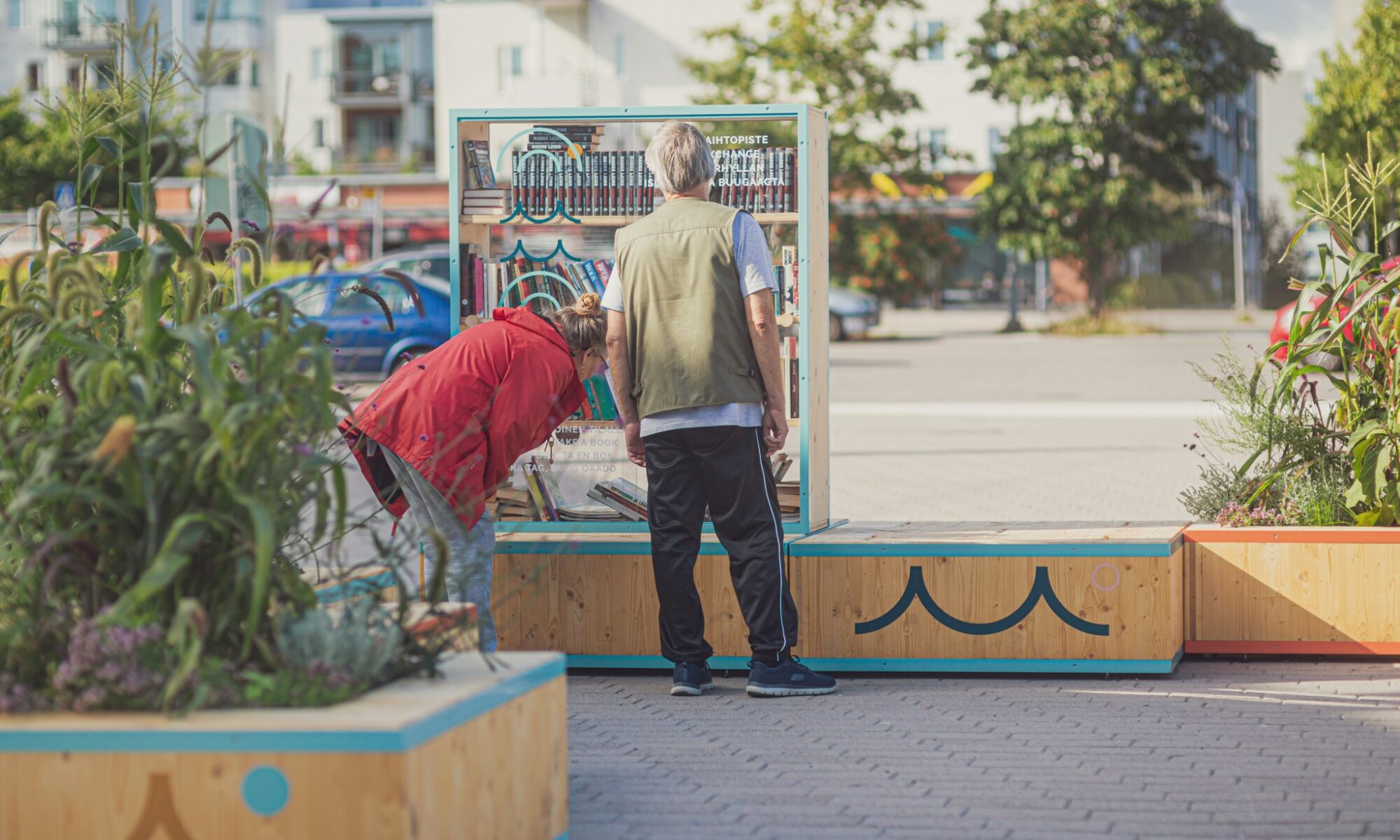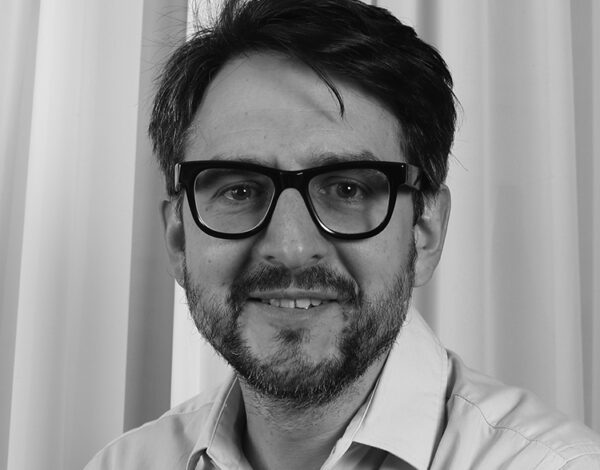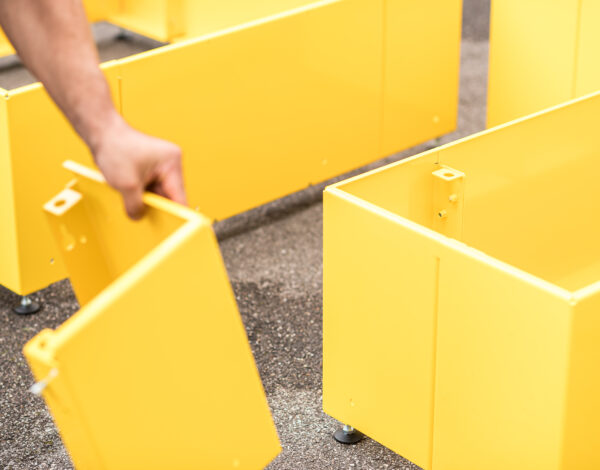The silver tsunami is hitting Europe.
This sentence begins the insightful e-publication From Words to Actions: A guide to senior friendly public spaces. Published by the BaltSe@nioR 2.0 project, it takes up one of the most pressing European issues of our time: the ageing population. This demographic change will not only affect our social, cultural and political climate, but it will have far and wide implications in urban planning and design too. While often framed as a challenge, we can use this reality to make a significant positive change in our urban environments.
“We have to broaden our understanding of what it is to be a senior these days. A senior friendly space is a space for everyone”, Ryann Deloso, a project researcher in BaltSe@nioR 2.0, explains.
“In our research we found out that seniors are heterogenous. We should not automatically think of them as fragile and slow. There are seniors who are more active than me and visit the gym more often than many people of my age.”
Making public spaces and urban furniture more senior-friendly is relatively easy: many urban environments could be more inclusive by simply improving urban design. They should be made “in accordance with the principles of universal design, so they should be functional and safe for the largest possible group of users, and preferably for people of all ages” (Words to Actions: A guide to senior friendly public spaces).
Deloso remarks how it all comes back to the concept of community: “I saw how seniors benefit from an atmosphere where they see and engage with people. A lot of seniors are actually alone and lonely. If we can create a space where the spirit of community is fostered, where multigenerational encounters could occur, that would be great for the well-being of older people.”
Parkly is also featured in the From Words to Actions guide under A for Adaptability. This means changes in the environments and places are easy to carry out according to the needs of different user groups. Added greenery can also be activated from urban gardening to colorful pocket parks to spark multisensory experiences.
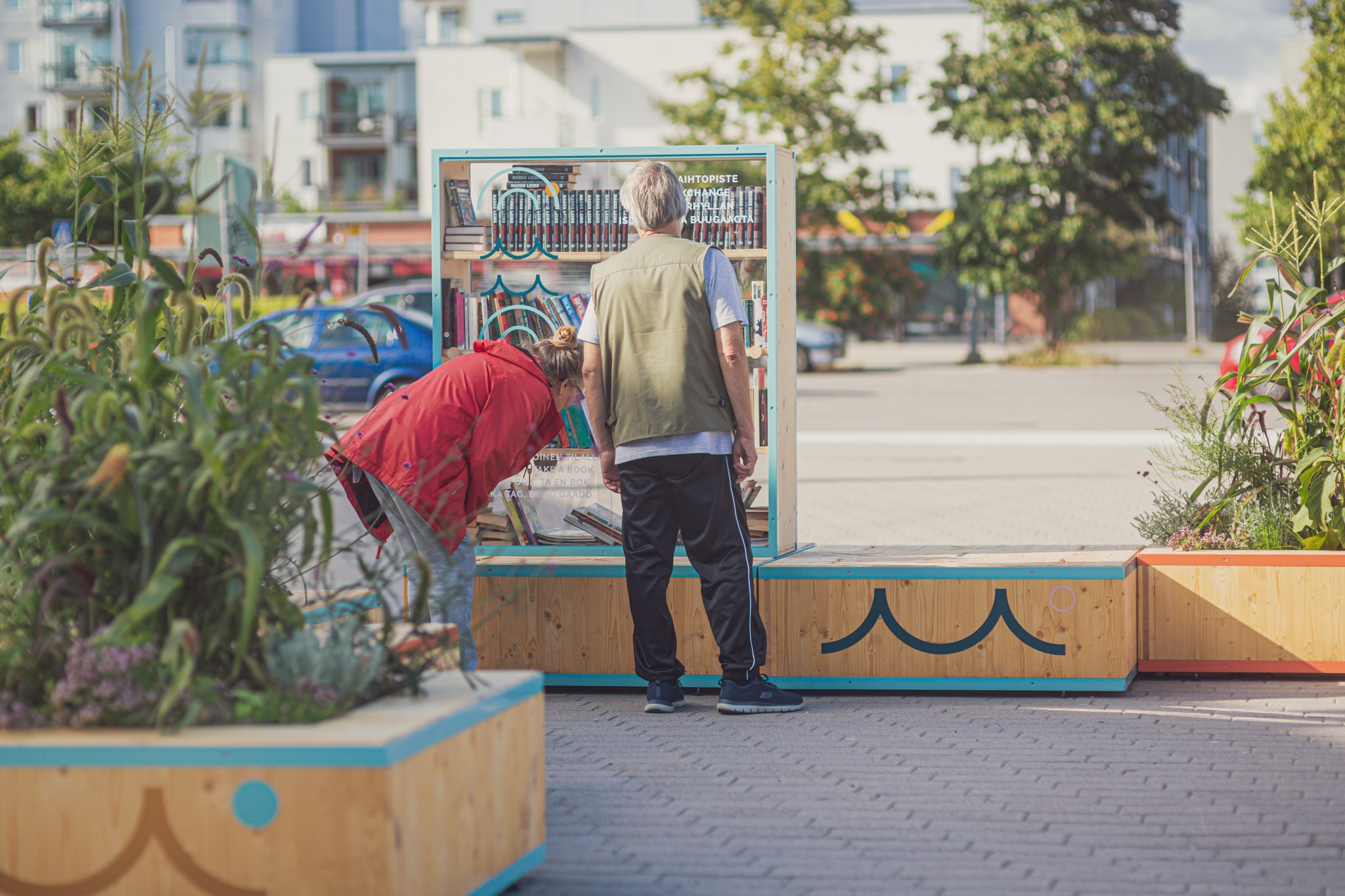

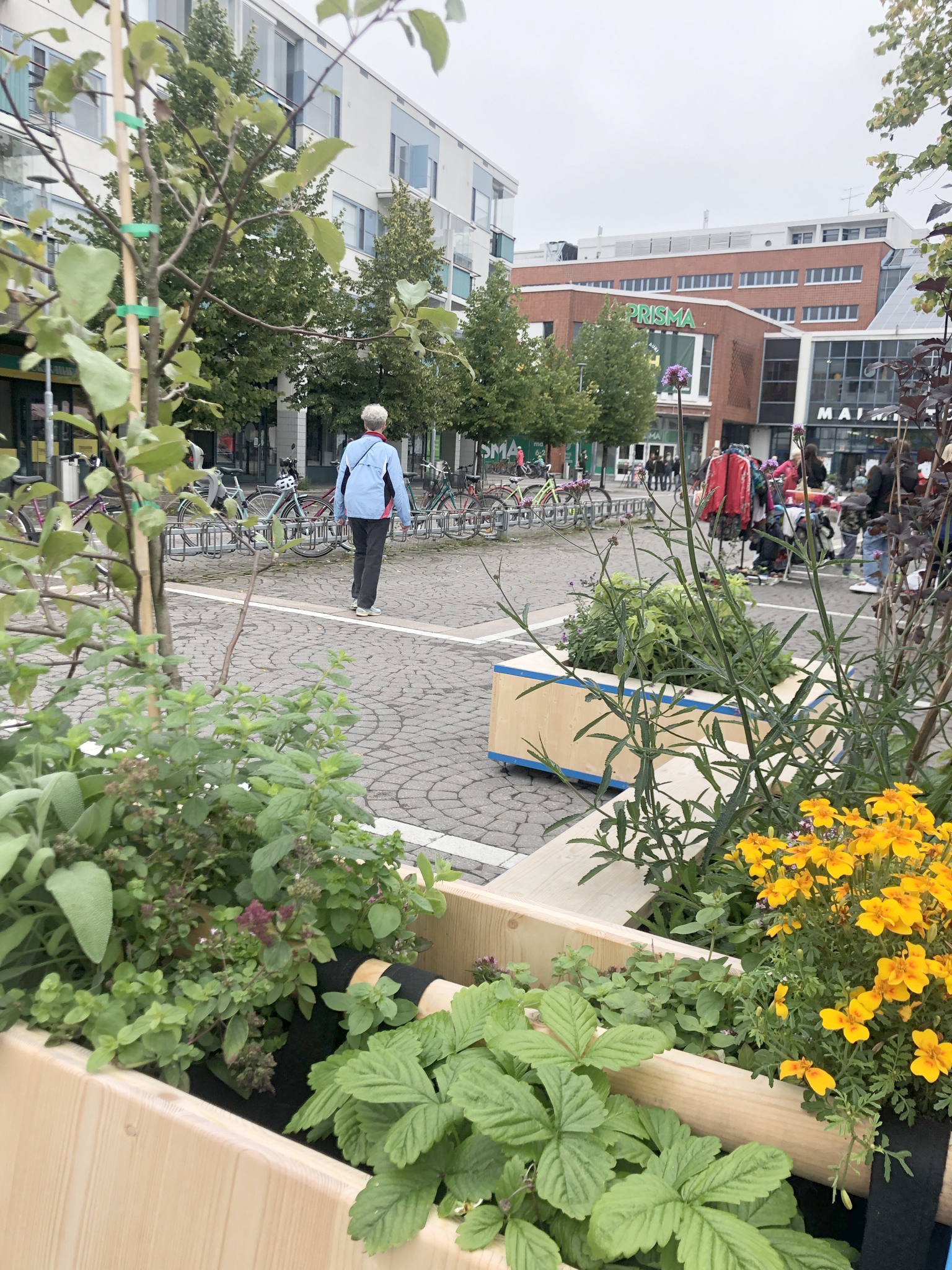
For cultural reasons, the Nordic ageing populations are especially prone to loneliness. The good news is that the silver tsunami can be a spark for urban changemakers to advance this more inclusive and sustainable form of urbanism. For example, this shift can help us take steps towards a one-minute city in which all of the amenities and services are within the reach of all, nevermind one’s socio-economic status or able-bodiedness. The built-in synergies of the one-minute city cater for the safety, comfort and needs of the elderly, families, children, teenagers and young professionals alike. It even makes business more booming.
So how do we make these ideas reality? Ryann Deloso has an answer.
“Senior-friendly space doesn’t need to be an expensive investment. There are a lot of simple and affordable solutions around us. Adding greenery in your space is an example. Just make your space cozy, welcoming and with plants around, that could already be inviting for seniors.”
Sounds like a sustainable and future-proof direction for our cities.
